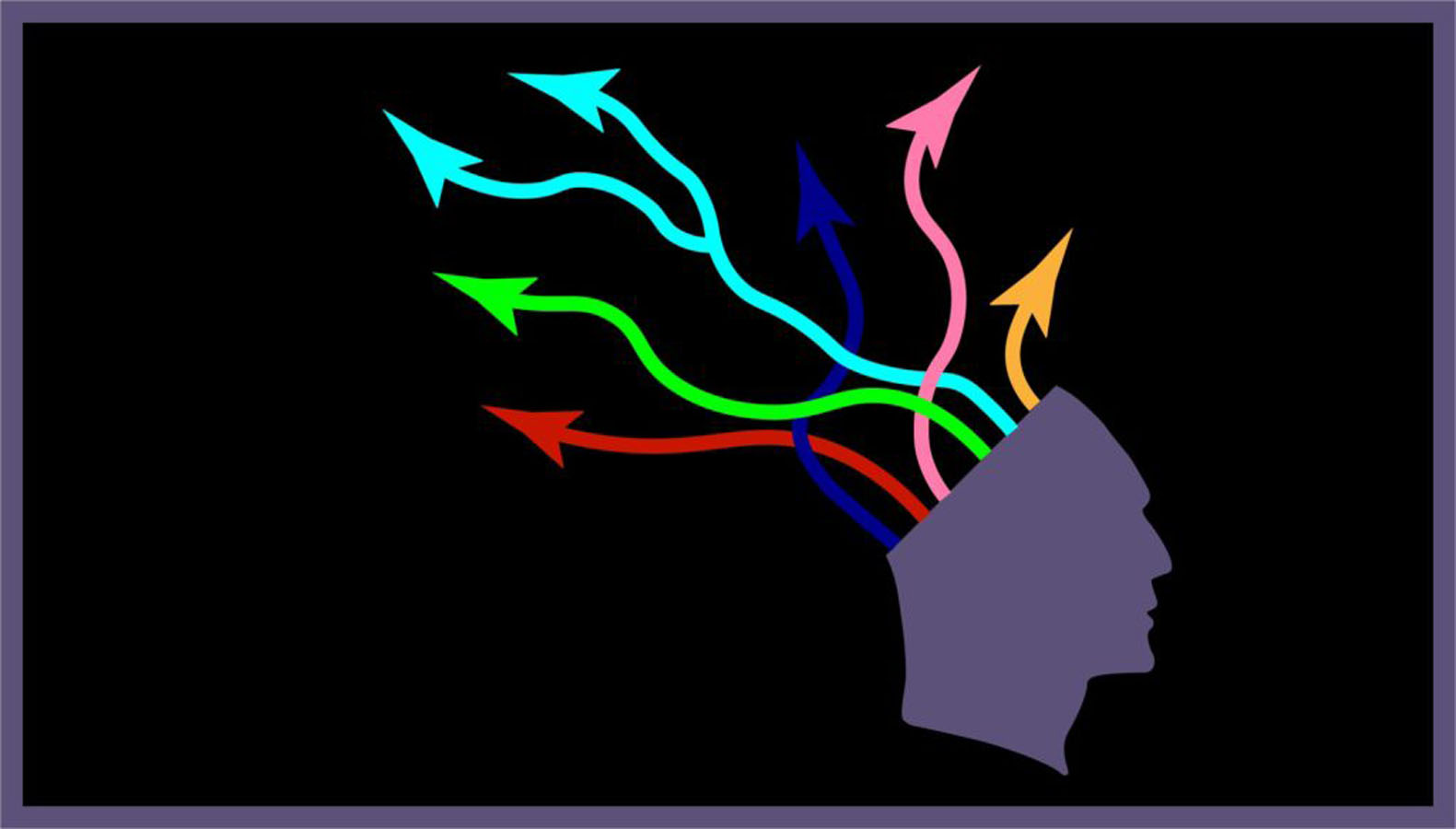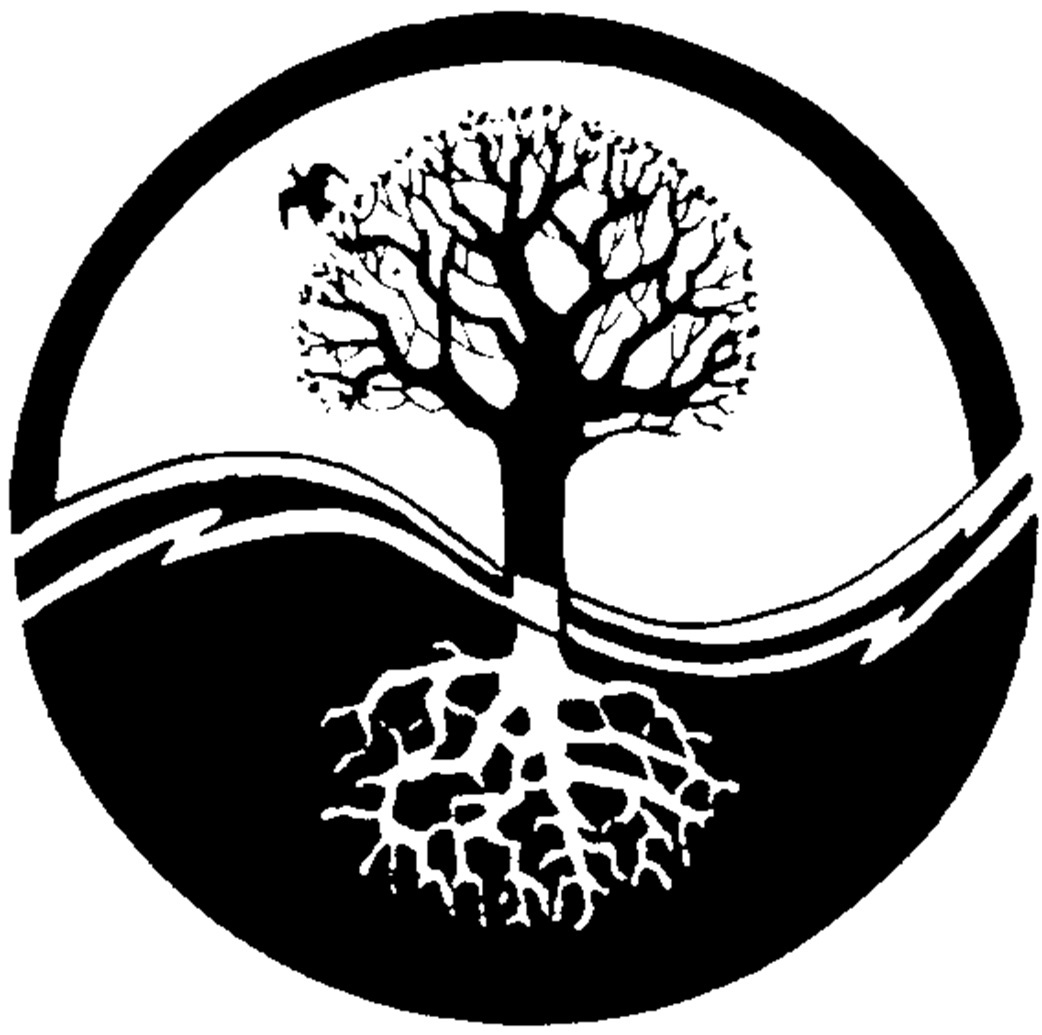What is ADHD?
ADHD Connections
Attention Deficit Hyperactivity Disorder (ADHD) is a neuro-developmental disorder that affects nervous system development resulting in altered brain function and symptoms such as inattention, hyperactivity and impulsivity. These concerns appear in an individual to a degree that is inconsistent with his or her developmental age. The Diagnostic and Statistical Manual of Mental Disorders, 5th edition (DSM-5), published in 2013, establishes the definitions of mental disorders. According to the DSM-5, while inattention and impulsivity are hallmarks of the disorder, hyperactivity is not always present. In this case it would be called Attention Deficit Disorder (ADD) or ADHD predominantly inattentive presentation.
Age of Onset
ADHD is typically identified during childhood and will often persist into adulthood. Although adult ADHD is more common than initially thought, not all children who have these symptoms will grow up to have the adult version of the disorder. Symptoms of this neurological condition first present in childhood and change across the lifespan; some fade (e.g., blatant hyperactivity) while others may be expressed differently (e.g., chronic disorganization may appear as a messy room in childhood and evolve into repeatedly being fired from jobs as an adult because of a lack of organization and an inability to effectively prioritize and sequence tasks).
 Researchers believe that ADHD does not suddenly become a problem in adulthood. In other words, adults with an ADHD diagnosis have to have been children with ADHD, whether it was previously diagnosed or not.
Researchers believe that ADHD does not suddenly become a problem in adulthood. In other words, adults with an ADHD diagnosis have to have been children with ADHD, whether it was previously diagnosed or not.
Developmental changes that gradually occur over time can make it difficult to trace ADHD across the lifespan. Because ADHD appears so differently in children than in adults, the adult version of the disorder will be discussed separately. If you would like to consult with me directly about your specific concerns, you can schedule a time here, call me or email me.
Symptoms of Attention Deficit/Hyperactivity Disorder
ADHD symptoms are characterized by distractibility, hyperactivity, poor impulse control, and forgetfulness. The “attention deficit” component of ADHD refers to inattention, or tendencies such as not knowing which task is most important, difficulty focusing for long periods of time, and being easily distractible. People with ADHD often have trouble prioritizing activities into a logical sequence and tend to appear scattered in their approach to most tasks.
Seemingly in contrast, many have the ability to “hyperfocus” which means that when a topic or activity is interesting, they are able to focus on the task to the exclusion of other activities, even eating or going to the bathroom. Although this approach is not the most effective work style, it can also make it difficult to identify attention deficit characteristics because for at least a few activities the individual can focus to an extreme. However, problems with focus become apparent when the tasks are not as interesting. Given that most people are highly interested in only a few topics, most of the tasks and activities during any given day are not inherently interesting. This leaves the person with ADHD bored and under-stimulated, struggling to focus while essentially looking for something else to do. Although this may be true for all of us at times, people with ADHD experience this sequence to an extreme and face the almost unworkable challenge of staying focused.
The “hyperactivity” portion of ADHD is used to describe behavior that is restless, agitated, and difficult to control. Hyperactivity can refer to either a physical or mental restlessness. Physical symptoms can include an irresistible need to move, requiring the person to be continually physically active. This need can be experienced as a compulsion that must be followed in order to reduce its powerful drive. Physical hyperactivity is more common in children than in teens or adults. It can appear as if the child is almost motorized with batteries that rarely need recharging. As the child ages, this intense need to move evolves into more of a mental restlessness. Teens and adults with ADHD may still have more energy than their peers and need to be frequently physically active as part of their self care routine, but the internal pressure they feel is experienced more as a fidgety agitation. They may appear twitchy and easily irritated. This mental restlessness is different than the driven pressure to move, but the need it produces is no less powerful. Teens and adults with ADHD must learn to face this anxious tension with skills similar to those needed to manage physical hyperactivity.
Although impulsivity is not included in the diagnostic label, it is considered a behavioral characteristic of ADHD. Impulsivity is the tendency to act without forethought or intention. The DSM-5 includes impulsivity along with hyperactivity in its description of ADHD. When impulsivity is paired with hyperactivity, the person frequently appears to act without prior thought or intention. Impulsive behaviors can create difficulties in relationships with others, academic performance, and daily functioning, often resulting in poor decision making. The intense internal pressure described above combined with the tendency to act without thinking can result in impulsive behaviors that are intrusive, rude, and even dangerous, sometimes resulting in injuries. For example, children may not think about landing when they jump off a ledge to catch a ball. These types of problems can result in significant difficulties in all areas of an individual’s life.
Please take a look at my work as a contributor to mentalhelp.net/adhd.


